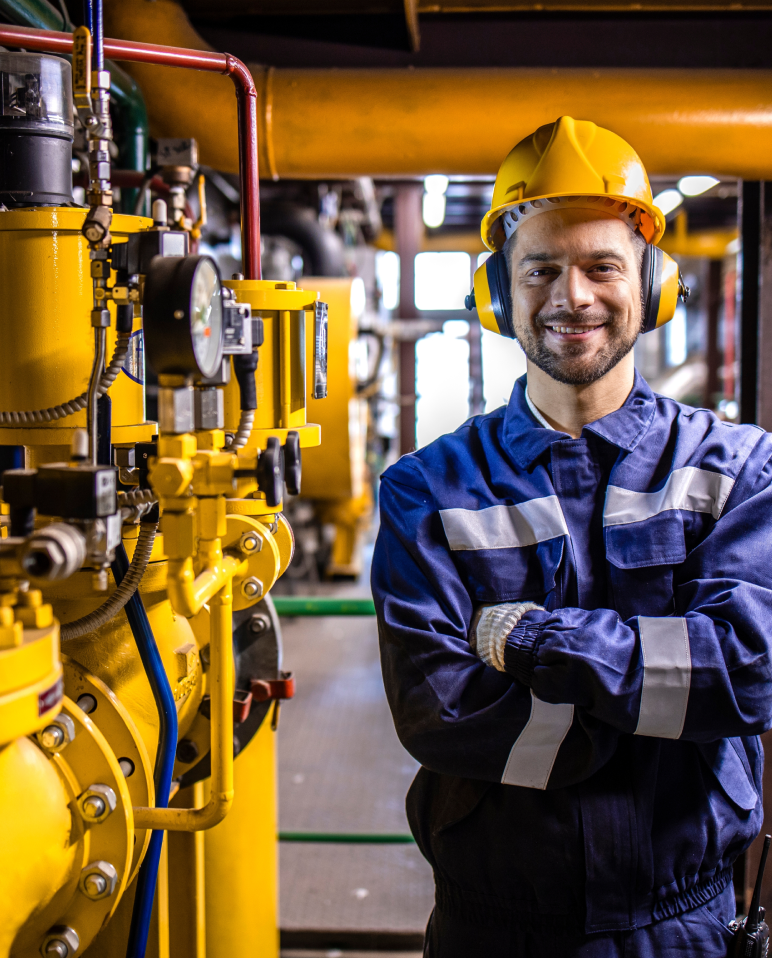The Of Roar Solutions
The Of Roar Solutions
Blog Article
The Definitive Guide for Roar Solutions
Table of ContentsSee This Report on Roar SolutionsAn Unbiased View of Roar SolutionsExcitement About Roar Solutions
In order to protect installments from a possible explosion an approach of analysing and categorizing a possibly hazardous area is called for. The objective of this is to guarantee the correct option and setup of tools to ultimately protect against an explosion and to ensure security of life.
(https://leetcode.com/u/roarsolutions/)
No devices needs to be installed where the surface area temperature of the equipment is above the ignition temperature of the given threat. Below are some usual dust dangerous and their minimum ignition temperature level. Coal Dirt 380C 225C Polythene 420C (melts) Methyl Cellulose 420C 320C Starch 460C 435C Flour 490C 340C Sugar 490C 460C Grain Dirt 510C 300C Phenolic Material 530C > 450C Aluminium 590C > 450C PVC 700C > 450C Residue 810C 570C The chance of the risk being present in a focus high adequate to trigger an ignition will vary from place to area.
In order to categorize this risk an installation is divided right into locations of threat relying on the quantity of time the harmful exists. These locations are referred to as Zones. For gases and vapours and dirts and fibers there are 3 areas. Area 0 Area 20 A hazardous environment is highly most likely to be existing and may be present for extended periods of time (> 1000 hours per year) and even continuously Area 1 Zone 21 A dangerous atmosphere is feasible but not likely to be present for long periods of time (> 10 450 C [842 F] A category of T6 suggests the minimal ignition temperature is > 85 C [185 F] Unsafe area electric devices possibly developed for use in greater ambient temperature levels. This would certainly indicated on the ranking plate e.g. EExe II C T3 Ta + 60C( This means at 60C ambient T3 will not be surpassed) T1 T1, T2, T3, T4, T5, T6 T2 T2, T3, T4, T5, T6 T3 T3, T4, T5, T6 T4 T4, T5, T6 T5 T5, T6 T6 T6 A T Class score of T1 implies the maximum surface temperature produced by the tool at 40 C is 450 C. Thinking the linked T Class and Temperature level ranking for the tools are proper for the area, you can always utilize an instrument with a much more stringent Department ranking than needed for the location. There isn't a clear solution to this question. It really does depend on the kind of tools and what repairs require to be lugged out. Equipment with particular test procedures that can not be executed in the area in order to achieve/maintain 3rd party ranking. Need to return to the factory if it is before the tools's service. Field Fixing By Authorised Personnel: Complex screening might not be required nevertheless specific procedures might need to be adhered to in order for the equipment to preserve its 3rd event ranking. Authorised personnel should be used to execute the job correctly Repair service have to be a like for like replacement. New component should be thought about as a straight replacement needing no unique testing of the equipment after the repair service is full. Each tool with a hazardous rating ought to be evaluated independently. These are described at a high level below, however for more detailed information, please refer directly to the standards.
Our Roar Solutions Statements
The equipment register is a detailed data source of devices documents that consists of a minimum collection of fields to recognize each thing's location, technological parameters, Ex lover category, age, and ecological data. The ratio of Comprehensive to Close evaluations will be determined by the Tools Threat, which is examined based on ignition risk (the possibility of a source of ignition versus the chance find out here of a combustible ambience )and the dangerous area category
( Zone 0Area 1, or 2). Implementing a durable Risk-Based Assessment( RBI )approach is important for guaranteeing compliance and safety in taking care of Electrical Devices in Hazardous Locations( EEHA).
The Facts About Roar Solutions Revealed

In regards to eruptive risk, an unsafe area is a setting in which an eruptive environment exists (or might be anticipated to be existing) in quantities that require unique precautions for the building and construction, installment and usage of devices. eeha training. In this short article we discover the difficulties faced in the workplace, the danger control procedures, and the required competencies to function safely
It issues of modern life that we produce, save or deal with an array of gases or fluids that are regarded flammable, and a series of dirts that are considered combustible. These materials can, in particular problems, form explosive atmospheres and these can have significant and terrible repercussions. Many of us recognize with the fire triangular eliminate any kind of one of the three components and the fire can not occur, however what does this mean in the context of unsafe locations? When damaging this down right into its simplest terms it is basically: a mix of a certain amount of launch or leak of a certain material or product, blending with ambient oxygen, and the presence of a source of ignition.
In a lot of instances, we can do little regarding the levels of oxygen in the air, but we can have substantial impact on sources of ignition, for instance electrical devices. Harmful locations are recorded on the hazardous area classification drawing and are determined on-site by the triangular "EX-SPOUSE" indicator. Right here, amongst other essential details, areas are divided right into 3 kinds relying on the risk, the chance and duration that an eruptive environment will exist; Area 0 or 20 is considered one of the most dangerous and Area 2 or 22 is regarded the least.
Report this page